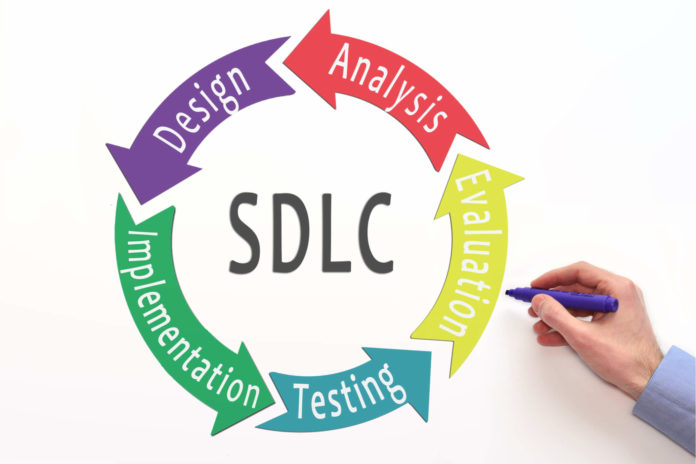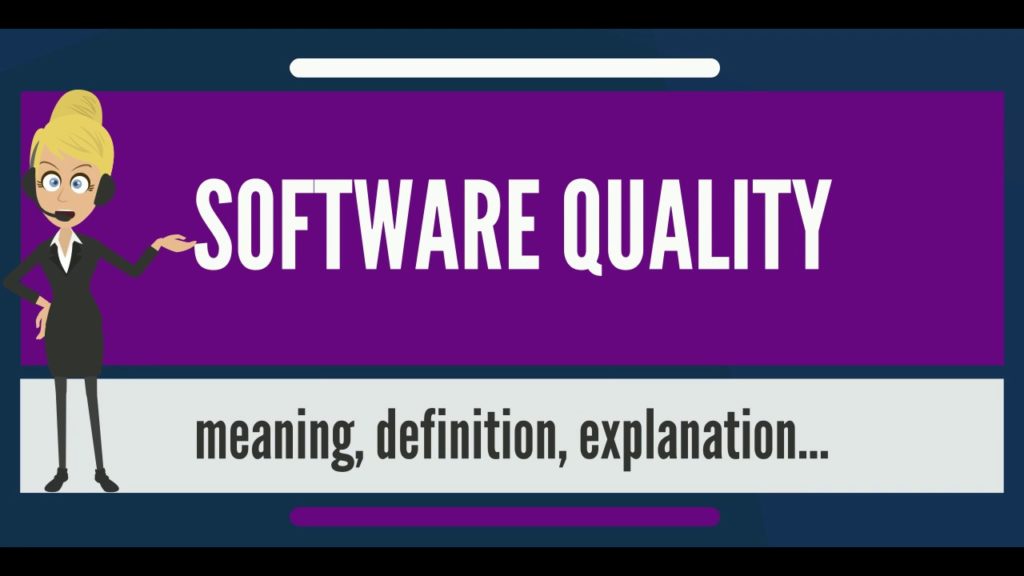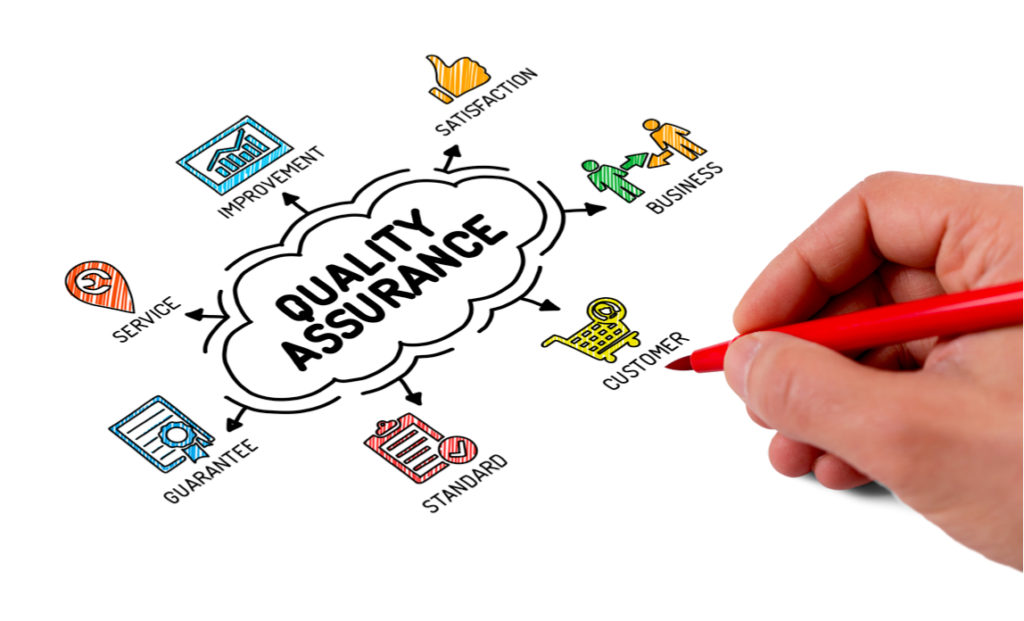
When you try to evaluate the quality of a product instantly, you might be able to figure out half of the quality through the appearance, but sometimes the extremely good appearing product may turn out faulty in mechanisms, and functionality. For instance, the website’s first page might be quite impressive but when you try out navigations to different pages, only then you catch the design flaws and errors.
This is where the comprehensive quality check becomes important. Especially, when it comes to technological productions, a single error in the EHP system can put a patient’s life at stake and error in an eCommerce website might affect the performance and cost the owner millions of dollars in revenue.
That is why we have two important aspects in SDLC (Software Development Life Cycle) called Quality Assurance and Testing. These two aspects stand a vital part of the software development process. There are a lot of agencies lending an extra hand in Quality Assurance and testing services to help you with the final product success. Let’s discuss the insights on the quality assurance and testing process in software development.
The Emergence of Software Quality Concept

According to Intersog, the concept of Software Quality was introduced to make sure that the produced software is safe and functions as expected. Basically, the quality of the software is checked in two-levels called Functional and Non-Functional.
In Functional, the product’s compliance with the design specifications and functional aspects is checked. Here the major focus relies on the practical use of software from a user’s perspective. It encompasses the features, functions, ease of use, and performance to evaluate the errors and defects in the model.
While, in Non-Functional, the system’s architecture and inner characteristics are considered such as understandability, code maintainability, security, and efficiency. This quality is usually hard to manage as it relies mostly on the expertise of the team.
Well, technically both the functional and non-functional quality can be assured. The functional ones can be assured by a set of quality management activities like quality assurance, quality control, and testing, while the non- functional can be assured through analysis, code review and refactoring.
So, the role of quality assurance and testing lies in the functional quality level, where all the quality management activities are performed with a common goal of delivering the best possible quality product.
Understanding Quality Assurance

In a broad sense, Quality Assurance is explained as the continuous and consistent improvement and maintenance of the process. It focuses more on the organizational facets of quality management, likely monitoring and maintaining the consistency of the production process.
Basically, having a proper quality assurance process in any product development means that every member of the team understands the requirements of modeling and performs according to the commonly accepted guidelines. This process assures that every detail is properly implemented and the development process is consistent, making the possibility of a negative impact on the end product to be almost null.
Testing is basically aimed at detecting the technical issues in the source code of a software and solving them. It involves assessing the overall usability, security, performance, and compatibility of the product. Performing testing depends on the methodological approach to the Software development Cycle.
It is narrowly focused and is performed by the test engineers at a dedicated testing stage in the development cycle. Well, the software testing in itself is a broad concept. In brief, the software testing process identifies two categories, static testing, and dynamic testing.
Moving further, we have the software testing methods that include white box testing, black-box testing, grey box testing and ad hoc testing. Besides these, there are four progressive testing levels based on the major focus area in the software development process they are unit testing, integration testing, system testing, and user acceptance testing.
Well, the testing remains the most disputed concept in the software development process with its very broad subject to master. But in brief, the testing involves the efficient quality check to ensure the end product delivers what is desired.
For any software development, both Quality Assurance and Testing make a greater impact on the final product success. Getting extra help from QA and testing engineers ensures the excellent quality of the product. They can bring value to your product and ultimately improve business efficiency.





